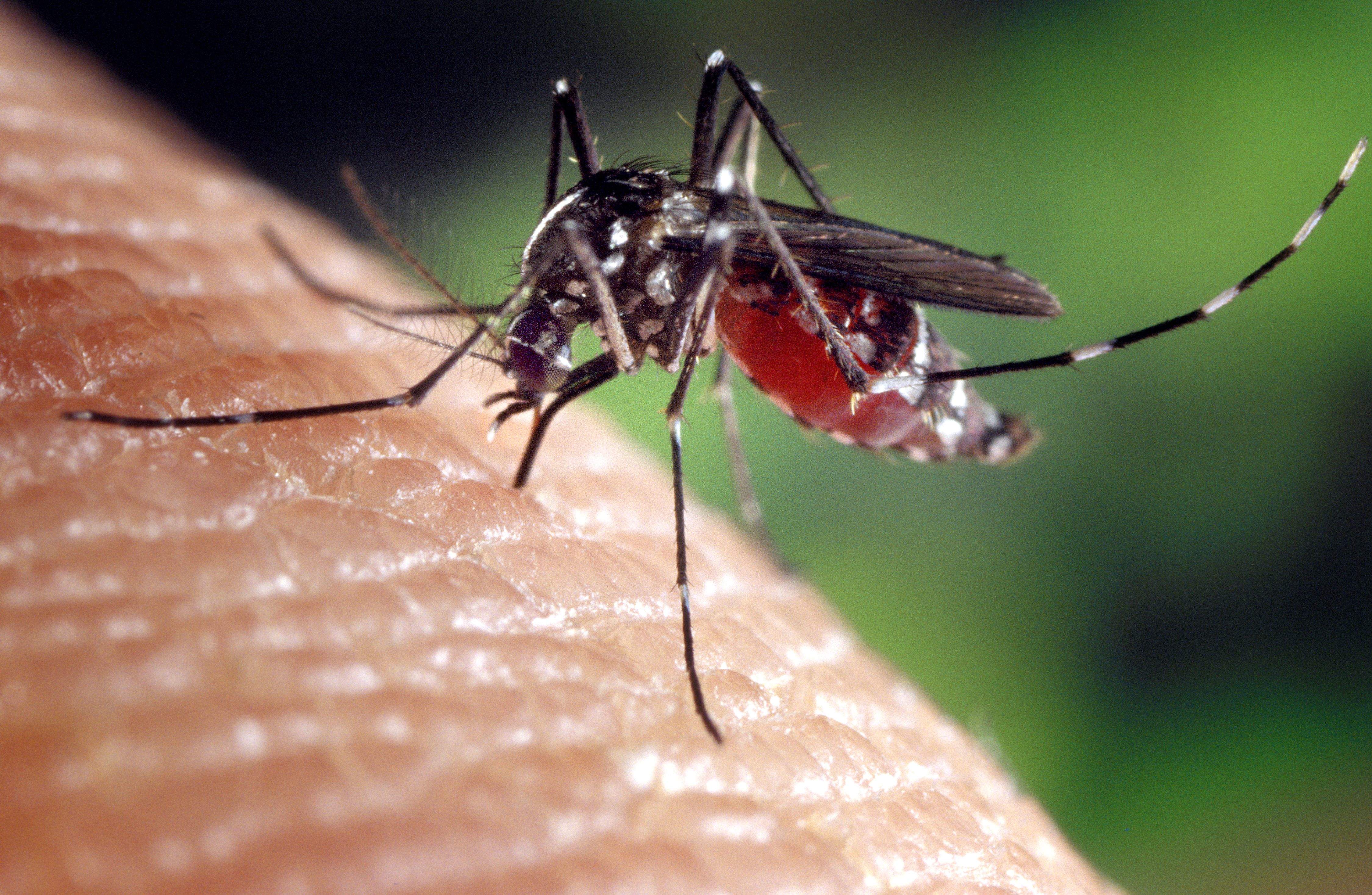In a Vital Signs report published at the beginning of this month, the US Centers for Disease Control and Prevention (CDC) warned of the growing threat of vector-borne diseases in the US. The number of cases of vector-borne diseases in the US has more than tripled in the past 12 years, from 27,388 cases in 2004 to 96,075 cases in 2016.
The CDC advised that an effective response to this threat will require improvements in surveillance, diagnostics, reporting, and vector control on a national level. Figure 1 shows the number of cases of vector-borne diseases reported to the National Notifiable Disease Surveillance System (NNDSS) in US states and territories from 2004 to 2016.
Figure 1: Cases of vector-borne diseases reported to NNDSS, US states and territories, 2004–2016

Source: GlobalData; CDC, 2018 © GlobalData
A total of 642,602 cases of 16 vector-borne diseases were reported to the NNDSS between 2004 and 2016; however, the CDC suggests that these cases were significantly underreported. Tick-borne diseases accounted for 76.51% of all vector-borne disease cases during this period, with 491,671 cases. Tick-borne diseases grew from 22,527 cases in 2004 to 48,610 cases in 2016. Lyme disease made up 81.86% of all cases of tick-borne diseases during this period.
There were 150,842 cases of mosquito-borne diseases between 2004 and 2016, making up 23.47% of vector-borne disease cases. The number of mosquito-borne disease cases increased from 4,858 cases in 2004 to 47,461 cases in 2016. The introduction of Zika virus was a major driver of this increase, accounting for 41,680 cases in 2016. Dengue viruses made up the largest number of mosquito-borne diseases from 2004 to 2016, with 46,692 cases reported in this time period.
How well do you really know your competitors?
Access the most comprehensive Company Profiles on the market, powered by GlobalData. Save hours of research. Gain competitive edge.

Thank you!
Your download email will arrive shortly
Not ready to buy yet? Download a free sample
We are confident about the unique quality of our Company Profiles. However, we want you to make the most beneficial decision for your business, so we offer a free sample that you can download by submitting the below form
By GlobalDataMultiple factors contribute to the growth in the number of vector-borne diseases. First, nine new vector-borne pathogens were introduced to the US between 2004 and 2016, including Chikungunya and Zika viruses. Second, international travel and commerce have resulted in many imported vector-borne cases. Most infections of Chikungunya, Dengue, and Zika viruses were acquired abroad. Finally, climate change has expanded the range of many vector species, increasing the number of people at risk for infection.
As the threat of vector-borne diseases in the US grows, local public health departments face greater urgency in responding. However, many health departments are not prepared to mount an appropriate response. A recent survey of local vector control organisations in the US found that 84% lacked one or more of five core competencies of vector control.
In its May 2018 Vital Signs report, the CDC highlighted the importance of improving surveillance, diagnostics, reporting, and vector control at both the state and local levels. Additionally, education campaigns can help inform the public about threats and the prevention of vector-borne diseases. There are opportunities for the private sector as well, including developing new vaccines and improving the sensitivity and specificity of tests. A coordinated approach will be required to appropriately respond to the growing threat of vector-borne diseases in the US.
For more insight and data, visit the GlobalData Report Store – Verdict Hospital is part of GlobalData Plc.









Related Company Profiles
CDC SpA
U.S. Centers for Disease Control and Prevention